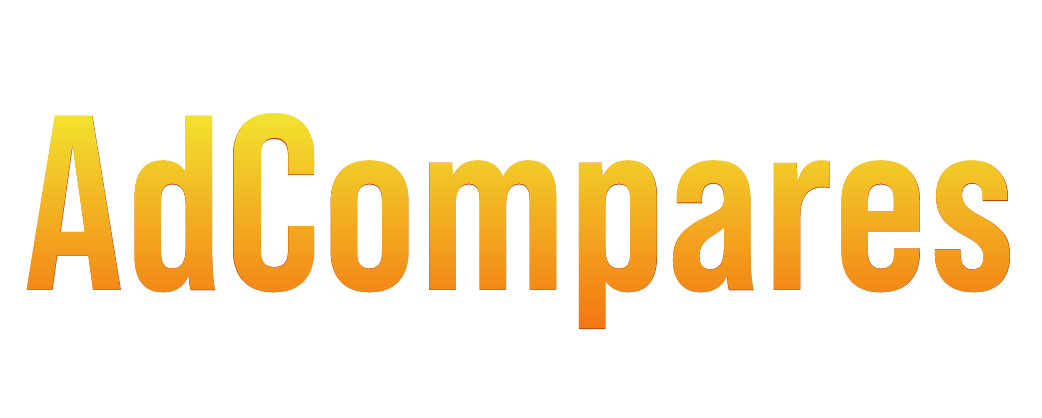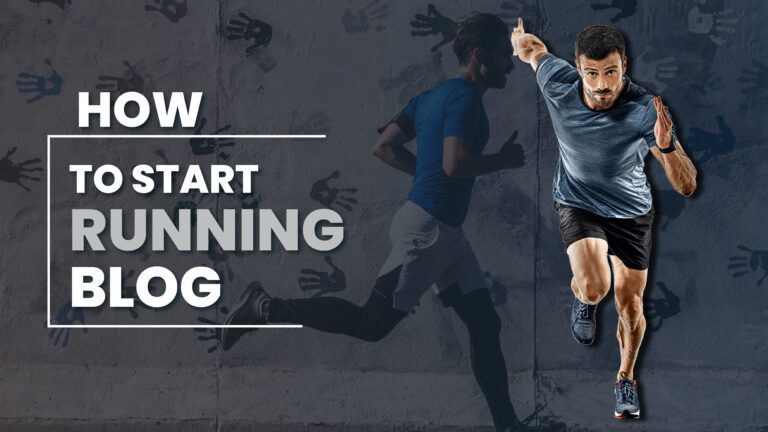Starting a running blog in 2025 presents a unique opportunity to share your passion for running while connecting with a dedicated audience. A well-structured blog not only provides valuable content to fellow running enthusiasts but also serves as a platform for personal expression and income generation. This comprehensive guide offers step-by-step instructions on launching your running blog successfully, covering everything from niche selection to monetization strategies.
ÂSteps to Launch Your Running Blog in 2025
1. Define Your Niche
To start a running blog, define your niche first. Running encompasses various aspects, such as trail running, marathon training, and running gear reviews. Selecting a specific niche focuses your content. For example, trail running enthusiasts prefer blogs with specific tips for off-road running. This specificity attracts dedicated readers who are more likely to engage with your content.
Exploring Niche Options:
- Trail Running: Focus on off-road routes, gear reviews, and techniques for navigating varied terrains.
- Marathon Training: Provide comprehensive training plans, race day strategies, and recovery tips.
- Running Gear Reviews: Share in-depth analyses of the latest shoes, apparel, and accessories.
Selecting a niche not only helps you tailor your content but also enhances your blog’s appeal to your target audience.
2. Choose a Blog Name
To choose a blog name, consider names that resonate with your audience. The name should reflect your niche and be easy to remember. Use descriptive terms like “runner,” “race,” or “training” for clarity. Ensure the name is unique and check domain availability. Websites like Namecheap or GoDaddy facilitate domain registration.
Examples of Catchy Blog Names:
- “TrailBlazer Runner”
- “Marathon Mindset”
- “Gear Up and Go”
A strong blog name establishes your brand identity and makes a memorable first impression.
3. Select a Blogging Platform
To select a blogging platform, choose one that meets your needs. WordPress is the most popular choice, known for its flexibility and extensive plugin options. Platforms like Wix and Squarespace provide user-friendly interfaces for beginners. Each platform offers different customization options and pricing structures. Assess your technical skill level and budget when making a choice.
Popular Blogging Platforms:
- WordPress: Offers thousands of themes and plugins, ideal for customization.
- Wix: User-friendly drag-and-drop interface, suitable for beginners.
- Squarespace: Provides stunning design templates, ideal for visually appealing blogs.
Choosing the right platform ensures your blog functions smoothly and meets your content goals.
4. Get Web Hosting
To get web hosting, select a reliable provider. Web hosting stores your blog’s files and makes them accessible online. Providers like Bluehost, SiteGround, and HostGator offer various plans tailored for bloggers. Ensure the hosting service provides good uptime, speed, and customer support.
Recommended Hosting Providers:
- Bluehost: Officially recommended by WordPress, great for beginners.
- SiteGround: Excellent customer support and speed performance.
- HostGator: Affordable plans with flexible options.
Reliable hosting is crucial for maintaining a professional online presence and ensuring a seamless user experience.
5. Design Your Blog
To design your blog, choose a theme that complements your niche. Opt for clean, visually appealing designs that enhance readability. WordPress offers a variety of themes, both free and premium. Use plugins like Elementor or Beaver Builder for easier customization. Maintain a consistent color scheme and font style for brand identity.
Key Design Elements:
- Color Scheme: Use colors that reflect your brand and evoke a sense of energy or calm.
- Font Style: Select easy-to-read fonts for body text and distinctive fonts for headings.
- Images: Use high-quality images of running events, gear, or personal experiences to engage readers visually.
A well-designed blog captures your audience’s attention and encourages them to explore more content.
6. Create Essential Pages
To create essential pages, include an About page, a Contact page, and a Privacy Policy page. The About page introduces you and your blog’s purpose. The Contact page allows readers to reach you easily. The Privacy Policy page outlines how you handle user data, crucial for legal compliance. These pages enhance your blog’s credibility.
Essential Pages to Include:
- About Page: Share your story, running journey, and blog goals.
- Contact Page: Provide an easy way for readers to connect with you.
- Privacy Policy Page: Outline your data collection practices to comply with regulations.
Including these pages establishes trust and professionalism in your blog.
7. Plan Your Content Strategy
To plan your content strategy, outline topics relevant to your niche. Research popular running blogs and identify trending topics. Create a content calendar to schedule posts consistently. Use tools like Google Trends and Answer the Public to find relevant keywords. Consistent posting attracts and retains readers.
Content Planning Tips:
- Diverse Topics: Cover a range of topics, including gear reviews, training tips, race recaps, and nutrition advice.
- Content Calendar: Schedule regular posts to maintain consistency and engagement.
- Keyword Research: Identify keywords that resonate with your target audience.
A well-thought-out content strategy increases your blog’s visibility and reader engagement.
8. Write High-Quality Content
To write high-quality content, focus on providing value. Address common running questions, share personal experiences, or offer training tips. Use clear and concise language. Ensure each post includes relevant images and SEO-friendly headings. High-quality content enhances user engagement and boosts search engine rankings.
Content Creation Guidelines:
- Valuable Information: Provide actionable tips and insights that readers can apply.
- Personal Stories: Share your experiences to build a connection with your audience.
- SEO Optimization: Incorporate keywords naturally to enhance visibility.
Quality content fosters trust and encourages readers to return for more information.
9. Optimize for SEO
To optimize for SEO, conduct keyword research before writing. Use tools like SEMrush or Ahrefs to identify keywords with high search volume and low competition. Incorporate keywords naturally throughout your posts, including titles and meta descriptions. Use alt text for images to enhance SEO further. Quality SEO attracts organic traffic.
SEO Best Practices:
- Keyword Placement: Place primary keywords in titles, headers, and throughout the content.
- Meta Descriptions: Write compelling meta descriptions that summarize your content.
- Internal Links: Link to other relevant posts within your blog to keep readers engaged.
Effective SEO strategies increase your blog’s visibility and organic reach.
10. Promote Your Blog
To promote your blog, leverage social media platforms like Instagram, Twitter, and Facebook. Share your blog posts and engage with the running community. Join running-related groups and forums to share your insights. Collaborate with other bloggers and participate in guest posting to expand your reach.
Promotional Strategies:
- Social Media Sharing: Create eye-catching posts to promote your content.
- Engagement: Respond to comments and messages to build a community.
- Guest Posting: Write guest posts on other blogs to reach new audiences.
Active promotion boosts your blog’s visibility and drives traffic.
11. Build an Email List
To build an email list, offer a valuable incentive for subscribers. This could be a free e-book on running tips or exclusive content. Use platforms like Mailchimp or ConvertKit to manage your email list effectively. Regular newsletters keep your audience engaged and informed about new content.
Email List Building Ideas:
- Lead Magnets: Create downloadable resources that provide value to subscribers.
- Regular Updates: Send newsletters featuring new blog posts and exclusive content.
- Engagement Campaigns: Encourage interaction through polls or questions in your emails.
Building an email list fosters direct communication with your audience and enhances engagement.
12. Monetize Your Blog
To monetize your blog, explore various revenue streams. Affiliate marketing is a popular option, allowing you to earn commissions by promoting running gear or nutrition products. Sponsored posts and ad placements also provide income. Additionally, consider creating and selling your own products, like training plans or e-books.
Monetization Options:
- Affiliate Marketing: Partner with running brands to earn commissions on referrals.
- Sponsored Content: Collaborate with brands for sponsored posts and reviews.
- Digital Products: Create and sell e-books or training programs.
Monetizing your blog creates opportunities for income while providing value to your audience.
13. Network with Other Bloggers
To network with other bloggers, participate in online communities and attend running events. Engage with fellow bloggers through comments and social media interactions. Collaboration leads to cross-promotion and boosts audience reach. Join affiliate programs or blogging networks for additional exposure.
Networking Tips:
- Commenting: Leave thoughtful comments on other blogs to build relationships.
- Social Media Engagement: Share and promote fellow bloggers’ content.
- Collaboration Projects: Work together on joint content or events.
Networking enhances your blog’s visibility and fosters community within the running niche.
14. Analyze Your Performance
To analyze your performance, use tools like Google Analytics. Monitor metrics such as page views, bounce rates, and user demographics. Understanding reader behavior helps refine your content strategy. Adjust your approach based on what content resonates most with your audience.
Key Metrics to Track:
- Traffic Sources: Understand where your readers come from to optimize marketing efforts.
- Engagement Rates: Measure how readers interact with your content.
- Popular Posts: Identify top-performing content to guide future topics.
Regular analysis informs your strategy, ensuring your blog continues to grow.
15. Stay Updated on Trends
To stay updated on trends, follow running news outlets and blogs. Subscribe to industry newsletters to keep informed about new gear releases, race events, and training methods. Engaging with the running community on social media also provides insight into emerging trends.
Trend Monitoring Strategies:
- Industry News: Follow reputable running news sources for updates.
- Social Media Trends: Engage with hashtags related to running.
- Community Engagement: Participate in running forums and groups to share and learn.
Staying informed on trends ensures your content remains relevant and appealing to readers.
Conclusion
Starting a successful running blog in 2025 requires careful planning, creativity, and dedication. By defining your niche, selecting the right platform, and consistently delivering high-quality content, you can create a blog that not only inspires others but also generates income. Embrace the journey, connect with fellow runners, and share your passion for the sport as you carve out your place in the vibrant running community
1. What niche should I choose for my running blog?
Choosing a niche depends on your interests. Options include marathon training, running gear reviews, or nutrition tips. Selecting a specific niche helps attract dedicated readers.
2. How often should I post on my running blog?
Posting frequency varies. Aim for at least one quality post per week. Consistency helps build an audience and improves SEO.
3. Do I need to be an expert runner to start a running blog?
No, you do not need to be an expert runner. Passion for running and a willingness to share experiences is sufficient. Your unique perspective can resonate with readers.
4. How can I promote my running blog?
Promote your blog through social media, running groups, and collaborations with other bloggers. Engage with your audience to build a community.
5. What are some ways to monetize my running blog?
You can monetize your blog through affiliate marketing, sponsored posts, and advertising. Additionally, selling your own products, like e-books, can generate revenue.

